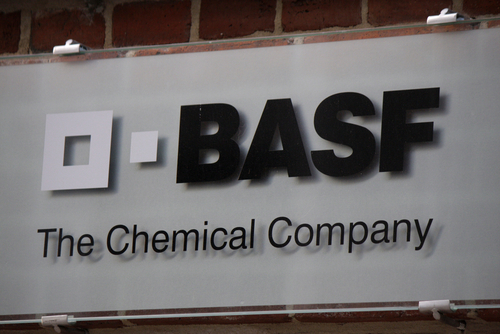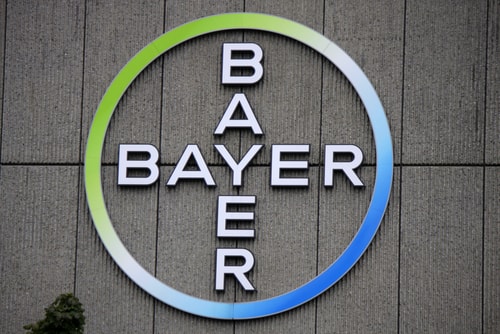Aim is to break up Monsanto’s reign in the country
By Diego Flammini
Assistant Editor, North American Content
Farms.com
Soybean farmers in Brazil could have more options for choosing GMO seeds as Bayer and BASF are working to introduce seeds of their own to rival Monsanto in the market, according to a Bloomberg report.

 The report says that Bayer CropScience will sell soybean varieties for the upcoming October planting season that can withstand Liberty herbicide; another option for farmers to weigh over Monsanto’s glyphosate-resistant seeds.
The report says that Bayer CropScience will sell soybean varieties for the upcoming October planting season that can withstand Liberty herbicide; another option for farmers to weigh over Monsanto’s glyphosate-resistant seeds.
Bayer sold its soybean and corn seed assets in Brazil nearly 10 years ago and this will mark the company’s first venture in the South American country since then.
Bayer’s seed director in Brazil, Eduardo Mazzieri, said farmers should have options when choosing their seeds.
BASF will also offer herbicide-resistant soybean varieties for the upcoming planting season. The Cultivance trait was developed with research from Embrapa, a research company run by Brazil’s federal government.
Bayer and BASF will be challenged to enter Brazil’s GMO soybean seed market.
Sara Miller, a Monsanto spokeswoman, told Bloomberg that the company’s Intacta RR2 PRO soybean seeds could be used on nearly 35 million acres in South America in 2016; she said the number could shoot up to 75 million acres by 2019.
Mazzieri said that approximately 2,000 farmers will plant Bayer’s Liberty Link trait soybeans this year.
According to the recent WASDE report by the United States Department of Agriculture, Brazil is projected to produce about 100 million metric tons of soybeans in 2015/16.